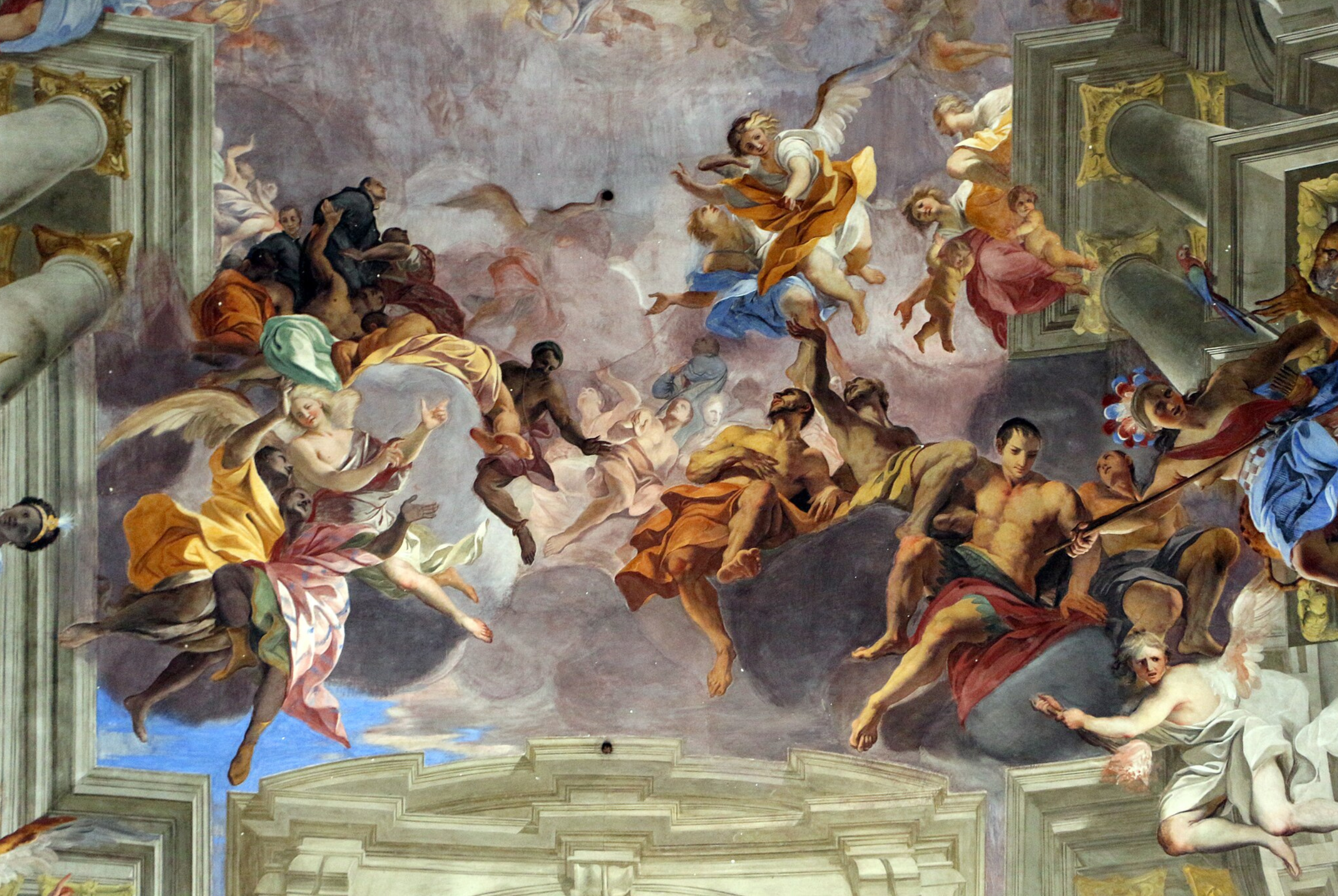Saint Ignatius of Loyola and the Night of Manresa: the origin of Ignatian discernment

The beginning of discernment
After renouncing his noble clothes and sword — symbols of a life of power and chivalric honor — Ignatius of Loyola embarked on a journey of profound conversion. His decisive turning point came in Manresa, Catalonia (1522–1523), a place that remains central to Ignatian spirituality.
During almost a year of stay, Saint Ignatius deepened his faith in Christ and lived a spiritual revelation that would forever mark his life and the future of the Society of Jesus.
From knight to disciple
The transformation began in 1521, when Ignatius was gravely wounded in Pamplona. During his long convalescence, with only religious texts available, he immersed himself in the lives of Christ and the saints. From this reading grew the desire to abandon knightly ideals and embrace a path of religious vocation.
Moved by the wish to reach the Holy Land, he passed through Montserrat — where he left behind his noble garments for simple clothes — and headed to Barcelona. The plague striking the city prevented him from setting sail to Jerusalem and led him instead to Manresa, an unforeseen stop that proved decisive.
Between penance, crisis, and rebirth
At Manresa, Ignatius lived for nearly eleven months in humility, staying at a hospital for the poor, practicing fasting, penance, and long hours of prayer. He often withdrew to the Cave of Manresa, today a Jesuit sanctuary and place of pilgrimage, where he devoted himself to meditation and silence.
Alongside this intense ascetic practice, he also experienced a profound interior crisis, marked by doubts and torment. Yet from that struggle arose insights that led him to moments of deep spiritual renewal.
The “Night of Manresa” and the River Cardoner
One night, while contemplating the waters of the River Cardoner, Ignatius experienced a revelation that transformed his vision of the world and of faith. As he later recalled, it was a moment of inner knowledge unlike anything else in his life.
That mystical experience, remembered as the “Night of Manresa,” became the symbol of Ignatius’ conversion and the origin of Ignatian discernment: the ability to recognize, among one’s inner movements, those that draw closer to God (consolations) from those that lead away (desolations).
From discernment to the Spiritual Exercises
From that revelation was born the method that would shape Jesuit spirituality: the Spiritual Exercises of Saint Ignatius. Not an abstract theory, but a concrete experience of listening and discernment, guiding each person to read their inner life and orient choices toward God.
What began as a personal experience, matured in the solitude and silence of Manresa, became the heart of Ignatian pedagogy, today a living heritage of the Society of Jesus and its educational works around the world.
A legacy for today
The experience of Manresa reminds us that moments of fragility are not only obstacles but can also become opportunities for growth and transformation. Manresa is not only a past episode but an ever-relevant invitation to pause, reflect, and be guided by that inner voice that leads to God.
Share
